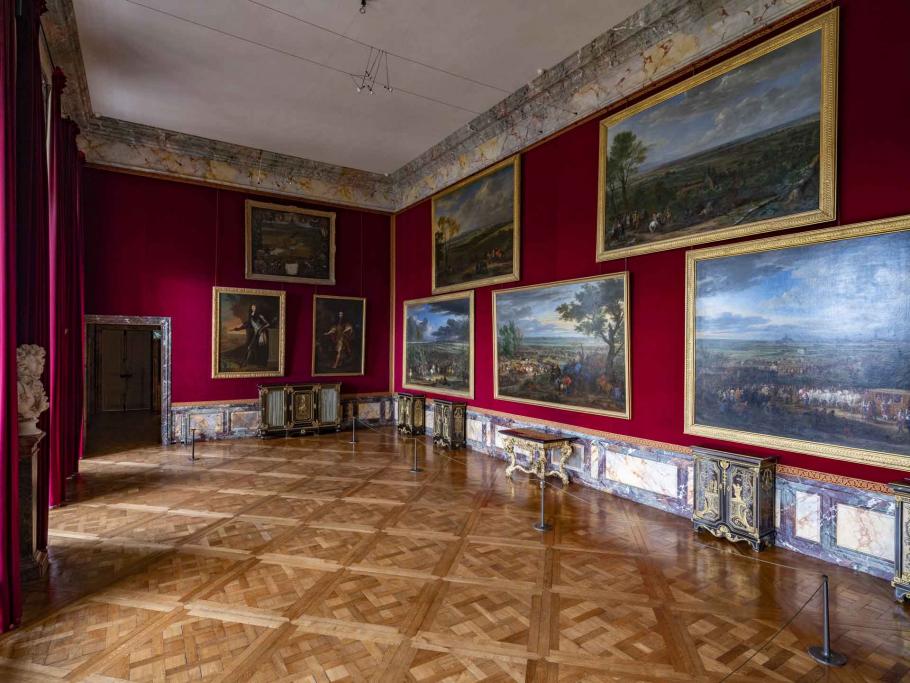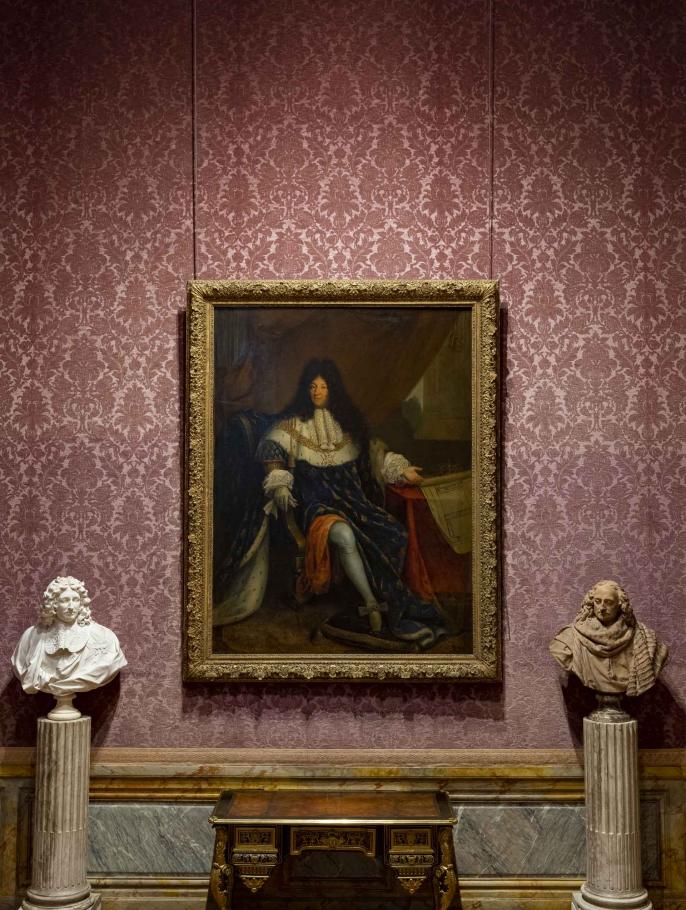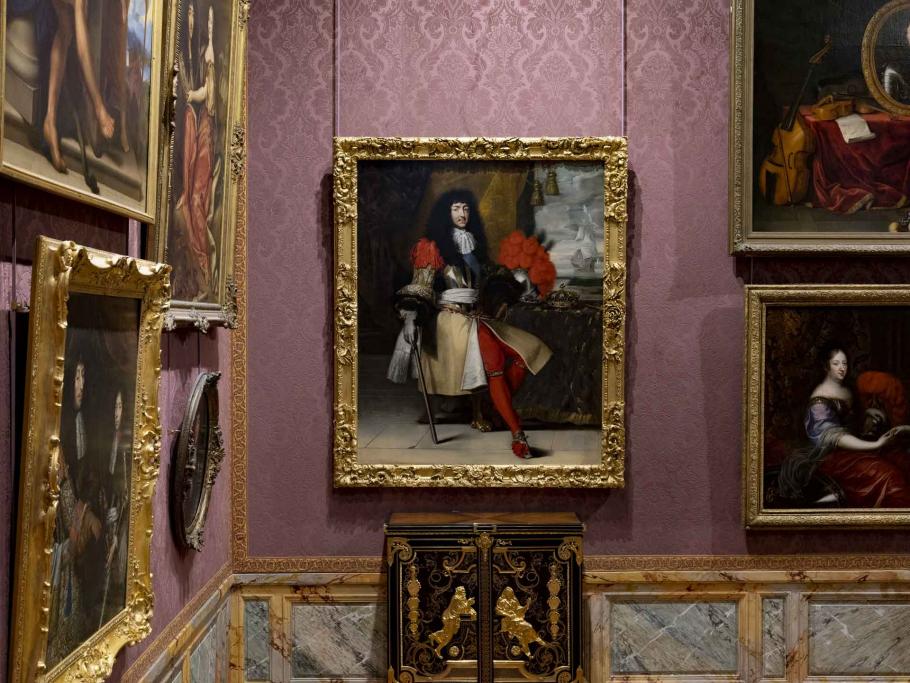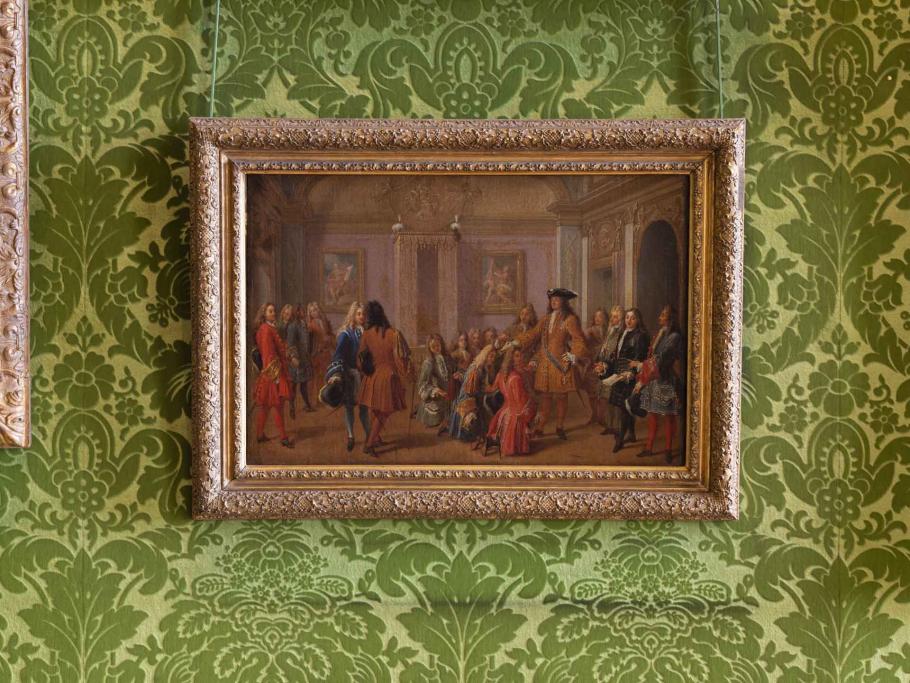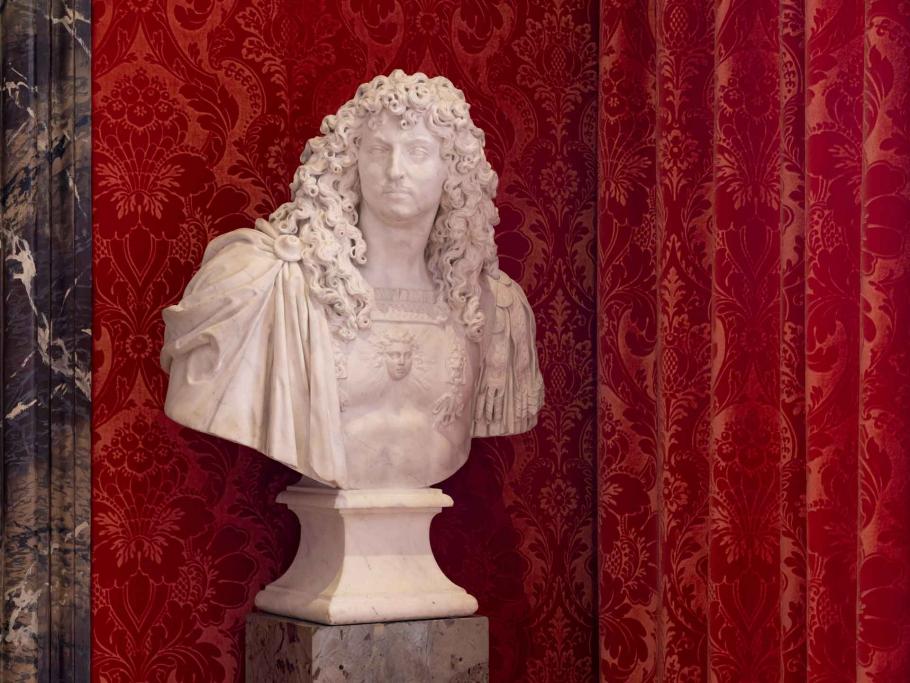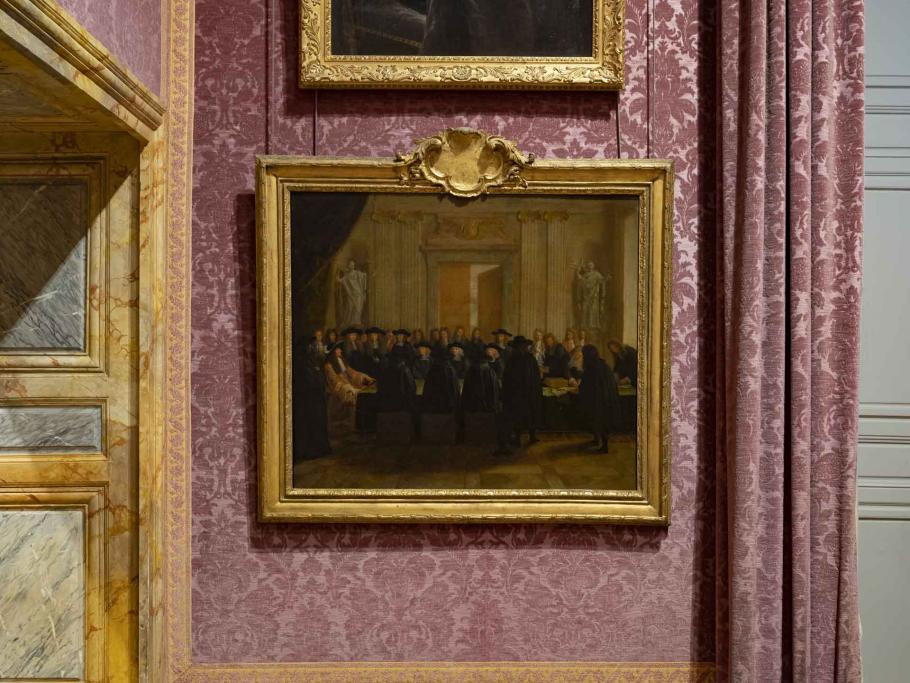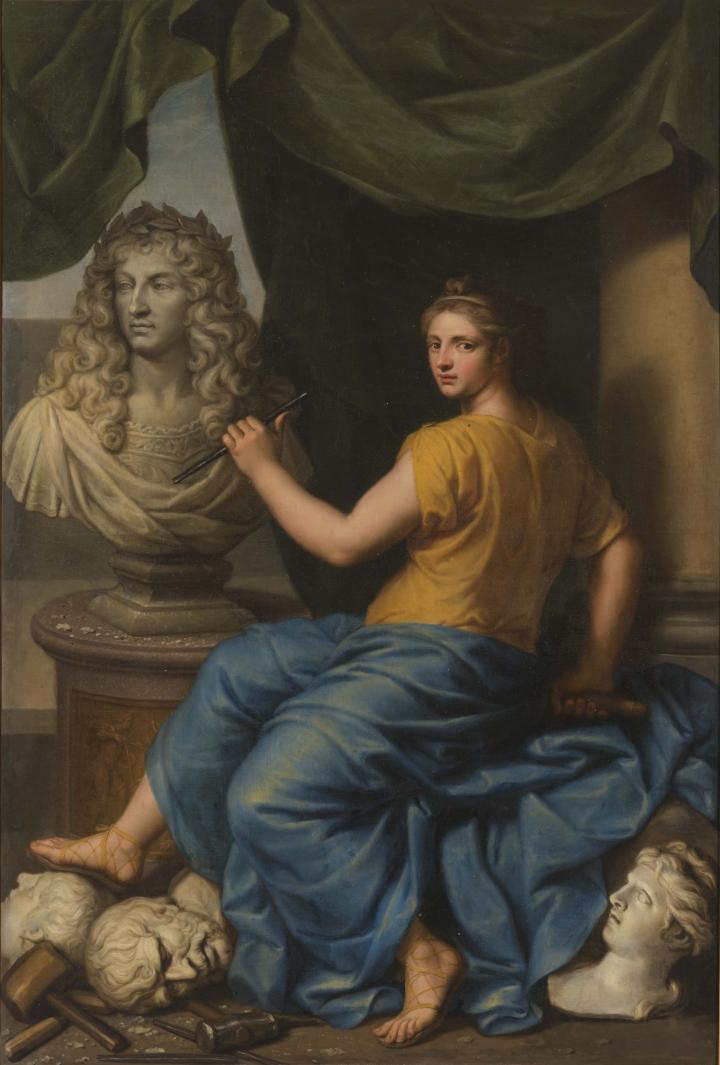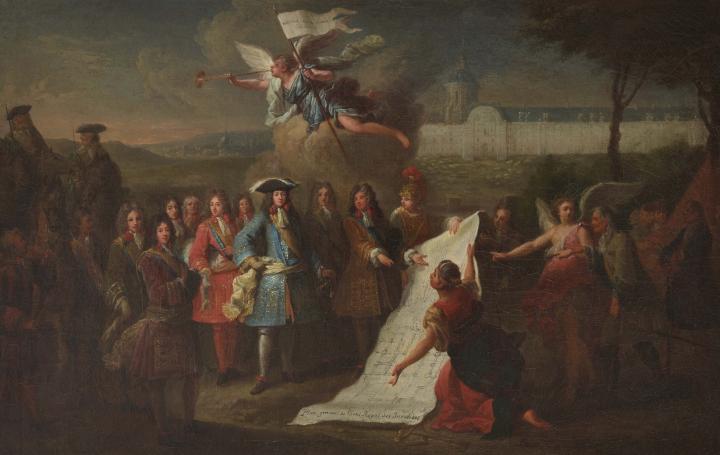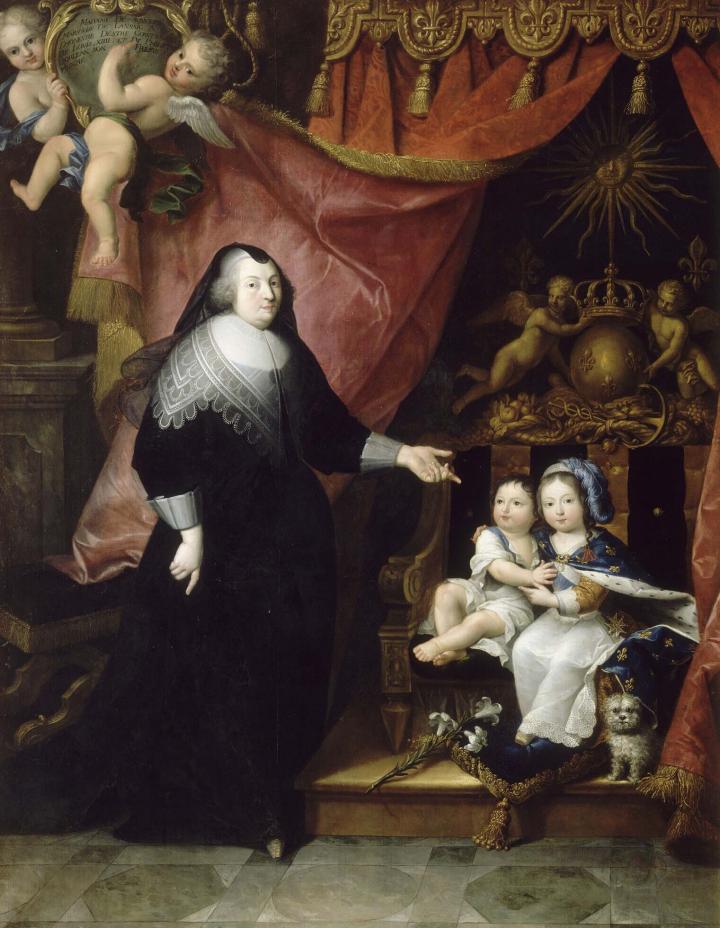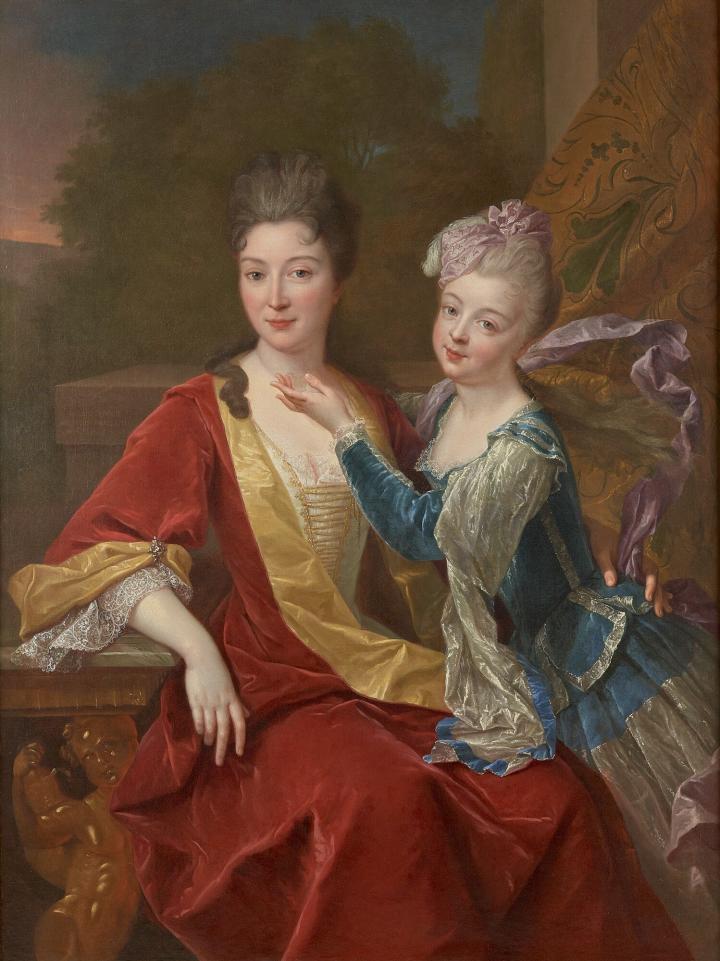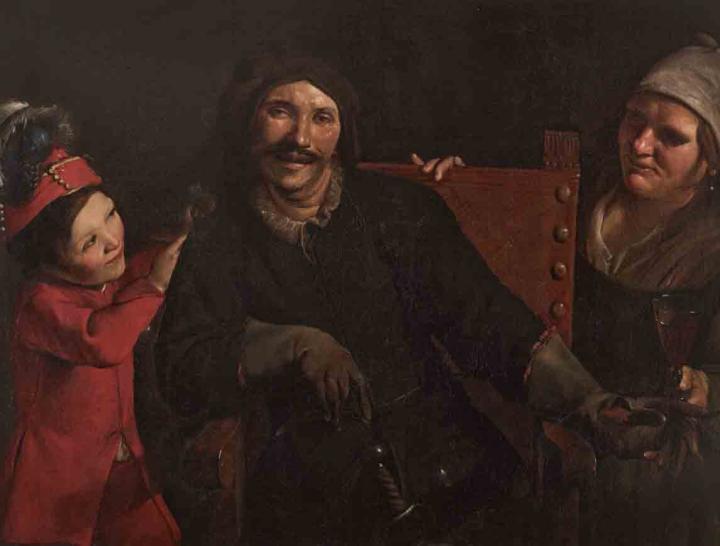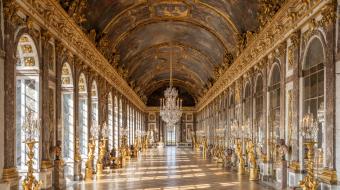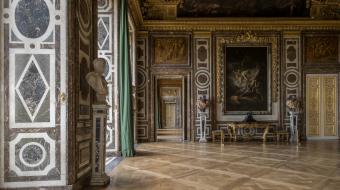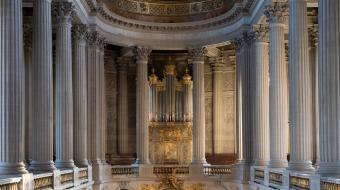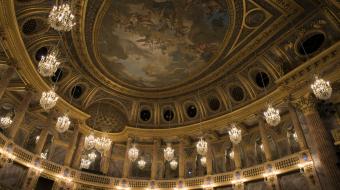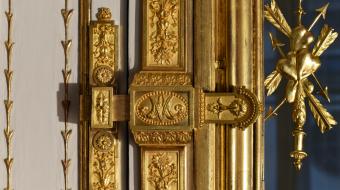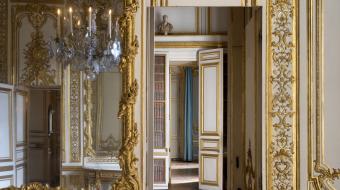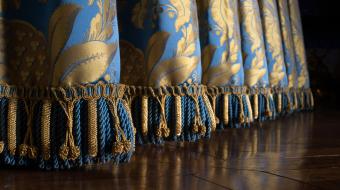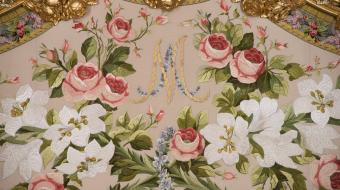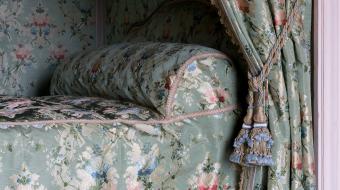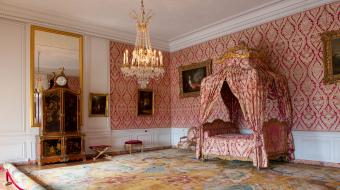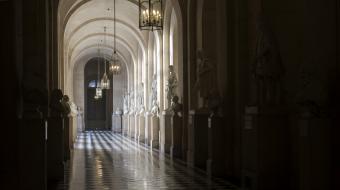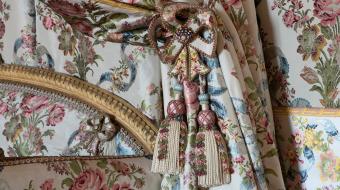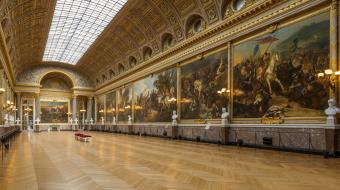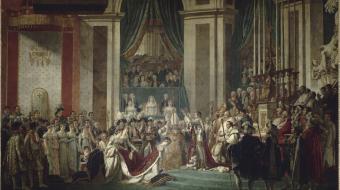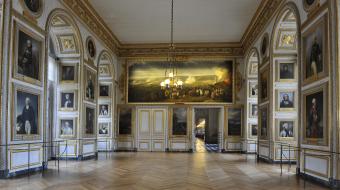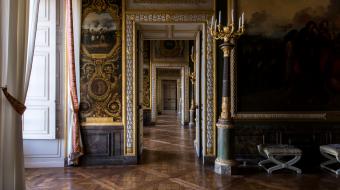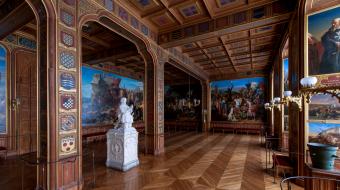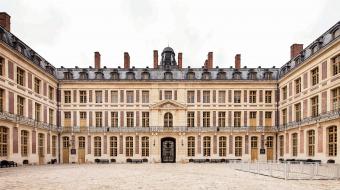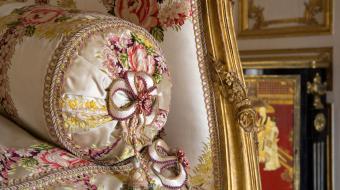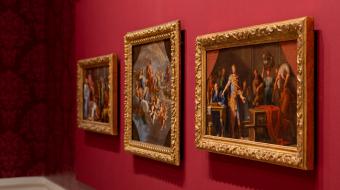Louis XIV Rooms © EPV / Thomas Garnier 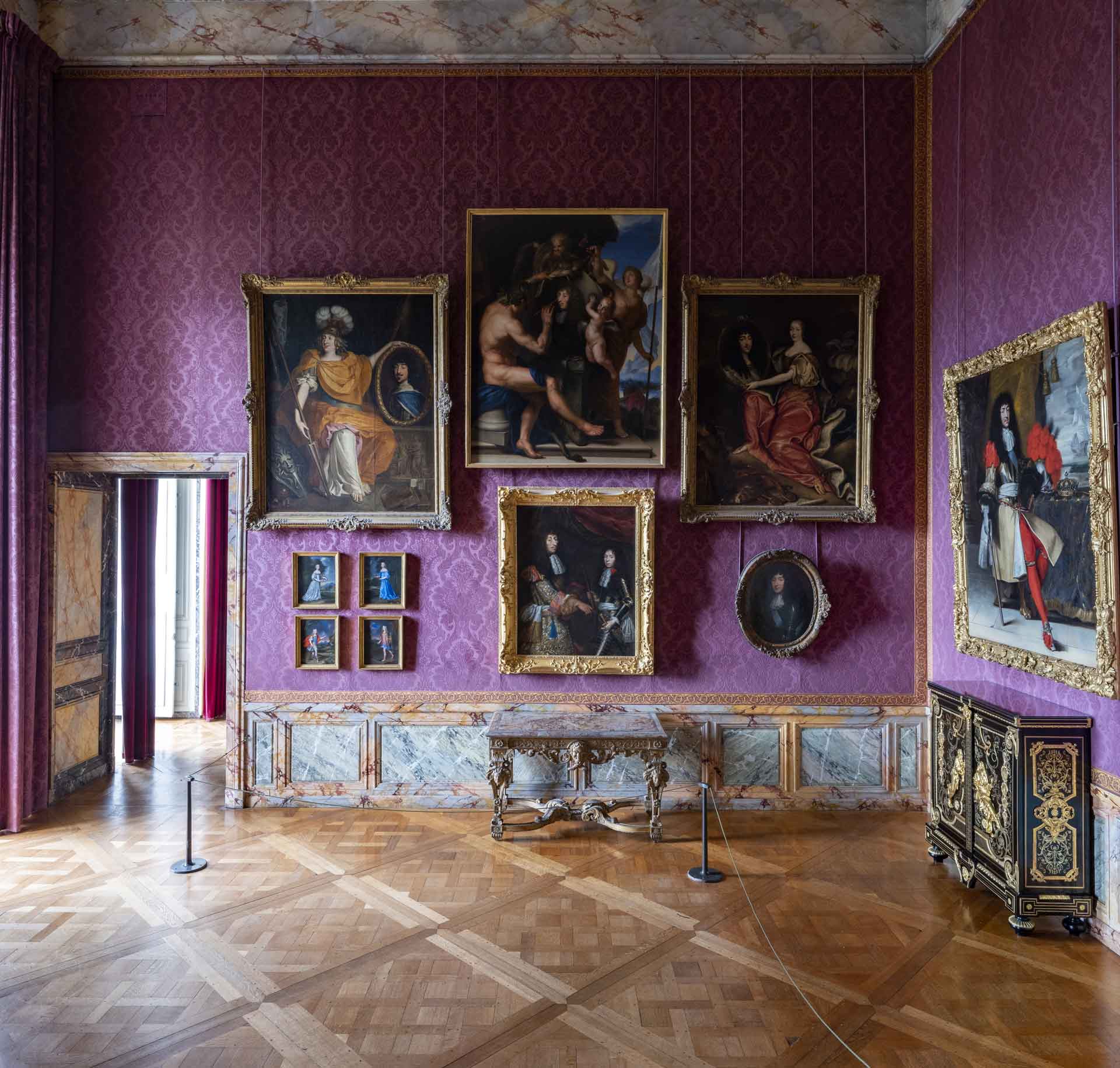
Formerly the apartments of the princes of the blood, these 17th-century historical rooms were converted by Louis-Philippe from 1833 to become the Museum of the History of France, inaugurated on 10 June 1837. However, the current design dates back to the end of the Second World War. Although the wall displays have been modified on several occasions, the room’s spirit has been kept through the large number of works displayed. Paintings, sculptures, furnishing and objets d’art are presented on a background of velvet, whose colours mirror those of the 17th century, thus suggesting the atmosphere of the Palace apartments, as well as being a museum display.
Following in the Sun King’s footsteps
The story of Louis XIV’s reign - from his childhood to his death - unfolds through the series of ten rooms presenting the family and the court. The works on display provide a unique eye-witness account of the period’s main characters and different insights into the great political, military and artistic events of the time, by precise transcription or through the allegories that were so popular in the 17th century. Some of these paintings rank among the major works of Le Brun, Mignard, Van der Meulen, de Largillière or Coysevox; others are from lesser-known masters. The ensemble traces the history of the portrait of the time by illustrating the diversity of typologies with numerous possible combinations: head-and-shoulders, three-quarters, full-length, intimate, official or disguised portraits.
(Re)discoveries
A new display of paintings is currently on offer with three main aims: to provide a fresh insight into the collections of the Palace by presenting lesser-known works normally held in the store rooms; to create a narrative intertwining history, history of art and iconography; and to highlight the latest acquisitions of the Palace, such as La famille royale autour du berceau du duc d’Anjou by Charles Le Brun, or La Sculpture travaillant au buste de Louis XIV by Baudrin Yvart.
Furthermore, paintings have been put on display to replace the works currently on loan to other institutions and those presented at the Madame de Maintenon exhibition In the corridors of power. In Room 6, the south wall is now dedicated to the royal children’s governesses.




